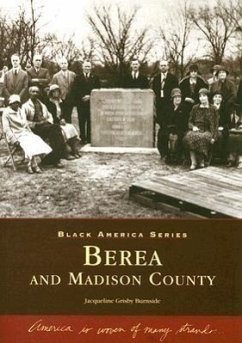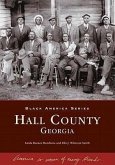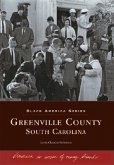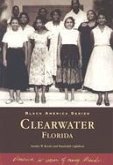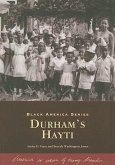After the Civil War, black families were invited to Berea by white abolitionist Rev. John G. Fee to develop an interracial school and church. From 1866 to 1904, residents' lives revolved around Berea College, which educated black and white students together from primary school through college. In 1904, the Day Law prohibited interracial education. College trustees retained white students while funding blacks to attend allblack colleges elsewhere. From 1904 to 1950, when the Day Law was amended, many residents upheld racial equality principles.
Hinweis: Dieser Artikel kann nur an eine deutsche Lieferadresse ausgeliefert werden.
Hinweis: Dieser Artikel kann nur an eine deutsche Lieferadresse ausgeliefert werden.

